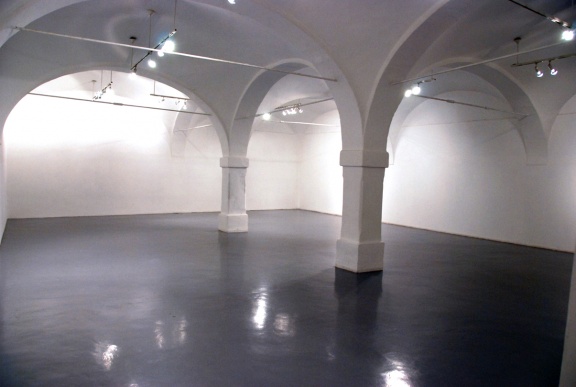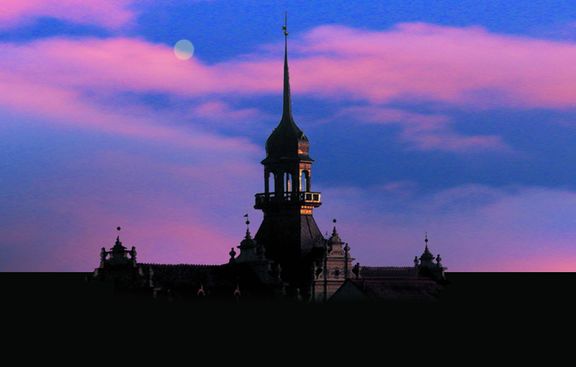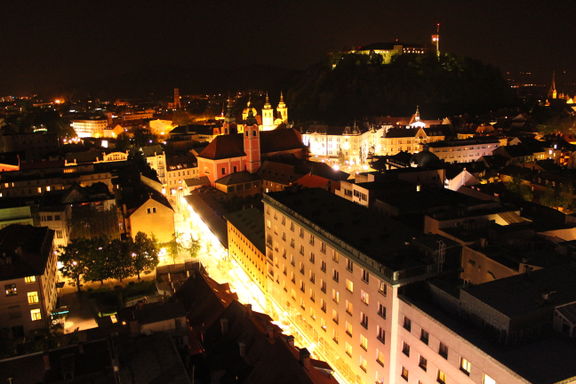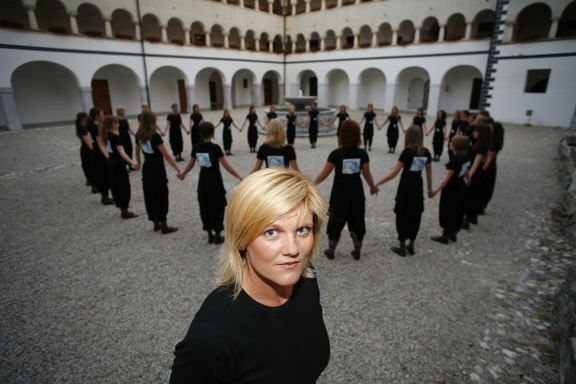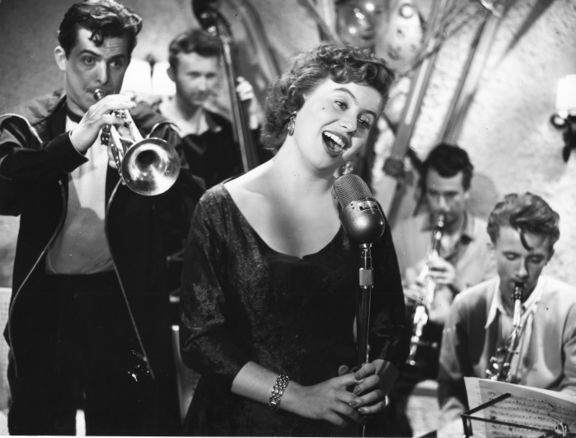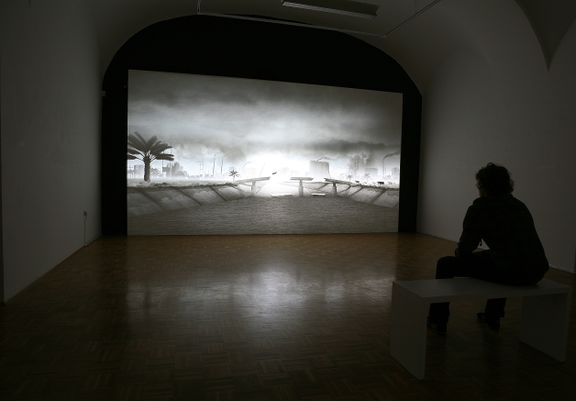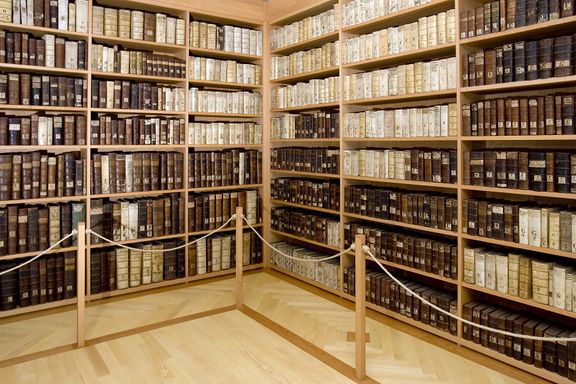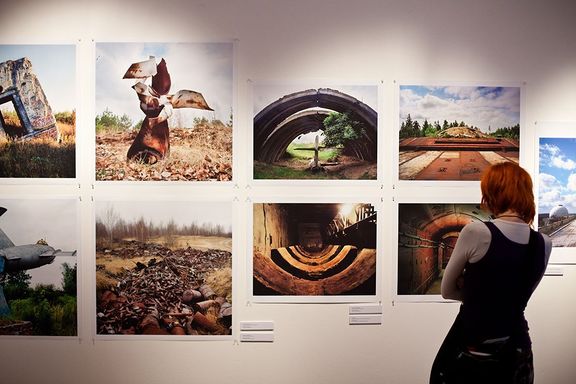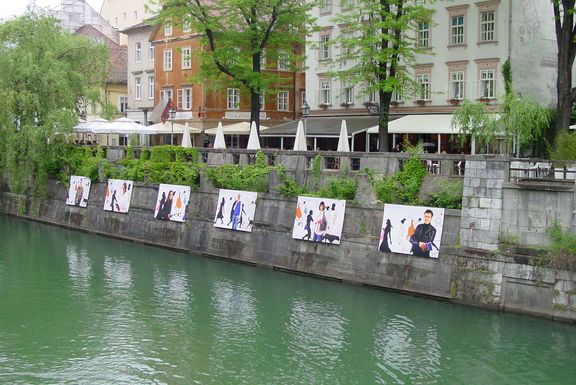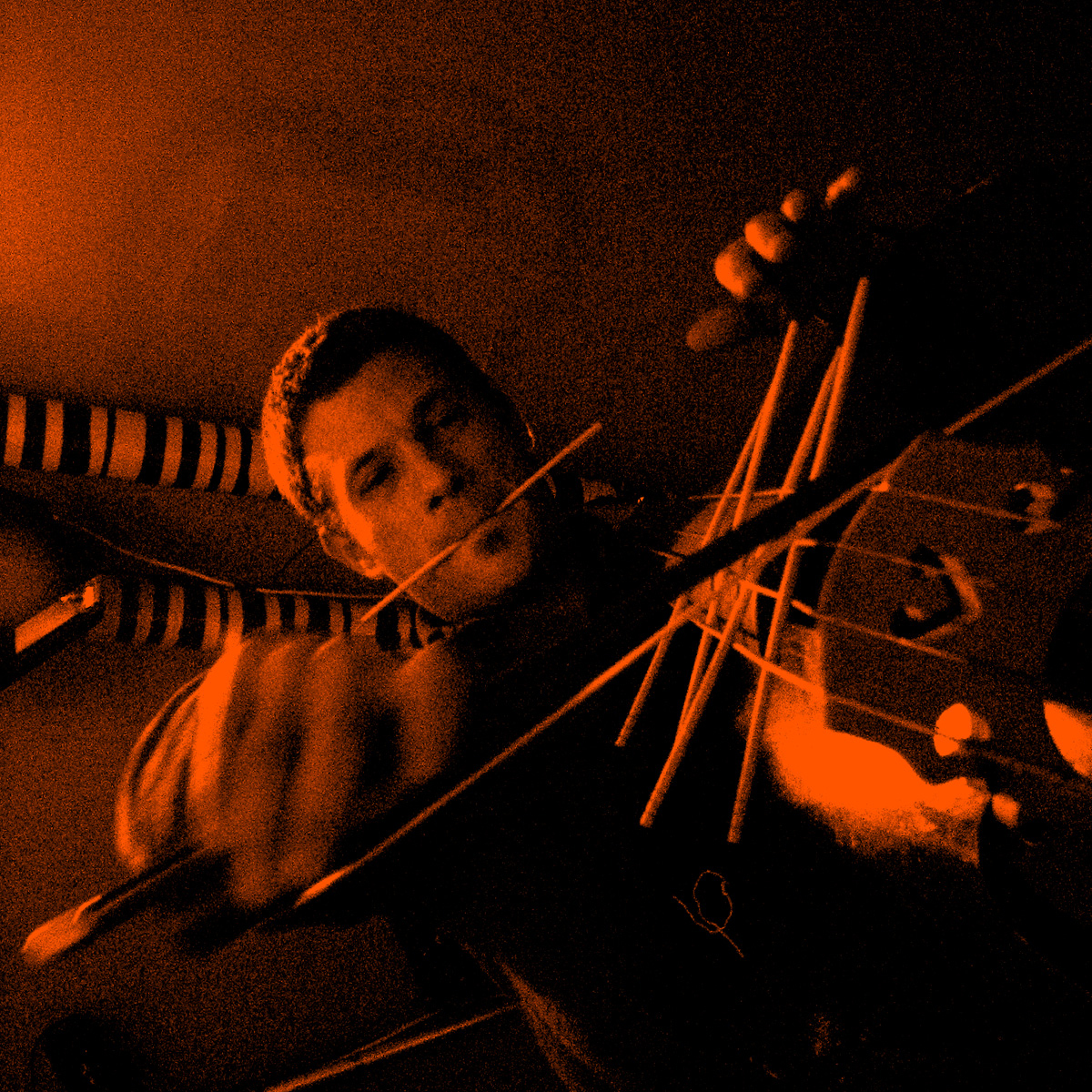 Double bass player Tomaž Grom of Sploh Institute has contributed greatly to the improvised music scene. Double bass player Tomaž Grom of Sploh Institute has contributed greatly to the improvised music scene.
Sploh Institute is a non-for-profit arts organisation, established in 1999, which engages in music and performing arts production, publishing and education. With its wide variety of activities, the institute has become an important internationally minded node for research, networking, collaborations, education, and creativity not only in the field of music but also in dance, poetry, theatre, and multimedia arts. It supports not only the development of young artists but also of different audiences, with the latter apparent in the institute's focus on children and marginal groups.
Throughout the years the institute has cooperated with numerous producers from Slovenia, from Glej Theatre and Šerpa Literary Art Association to En-Knap Productions, Via Negativa, Bunker Institute, Sonica International Festival of Transitory Art and others. Its main centre of activities is Španski borci Culture Centre, though many of its productions take place elsewhere, most often in Klub Menza pri koritu. The founder and director of this platform is the improvising musician and composer Tomaž Grom, whose exploits earned him the Golden Bird Award in 2007.
NOT ROBOT, WRITING DONE, INFOBOX DONE, PROOFREAD DONE, NOVERIFY, NODEPO, PHOTO, Article, Theatre & Dance, Theatre, Theatre producers, NIFERTIK, Articles maintained by Anže Zorman, Music, Education, Education and research, HAS LOGO, Workshop organisers, COVER, Jazz, Music workshop organisers, Music course and workshop organisers
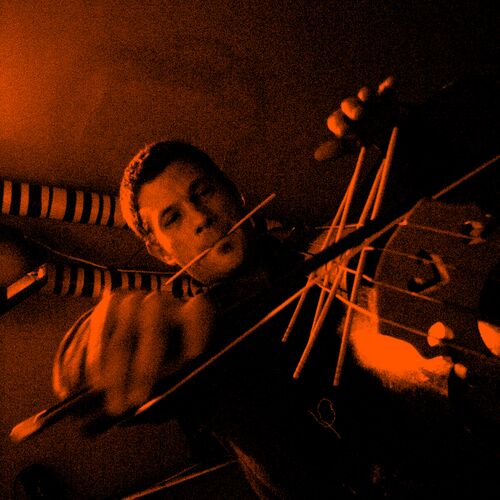
|
|
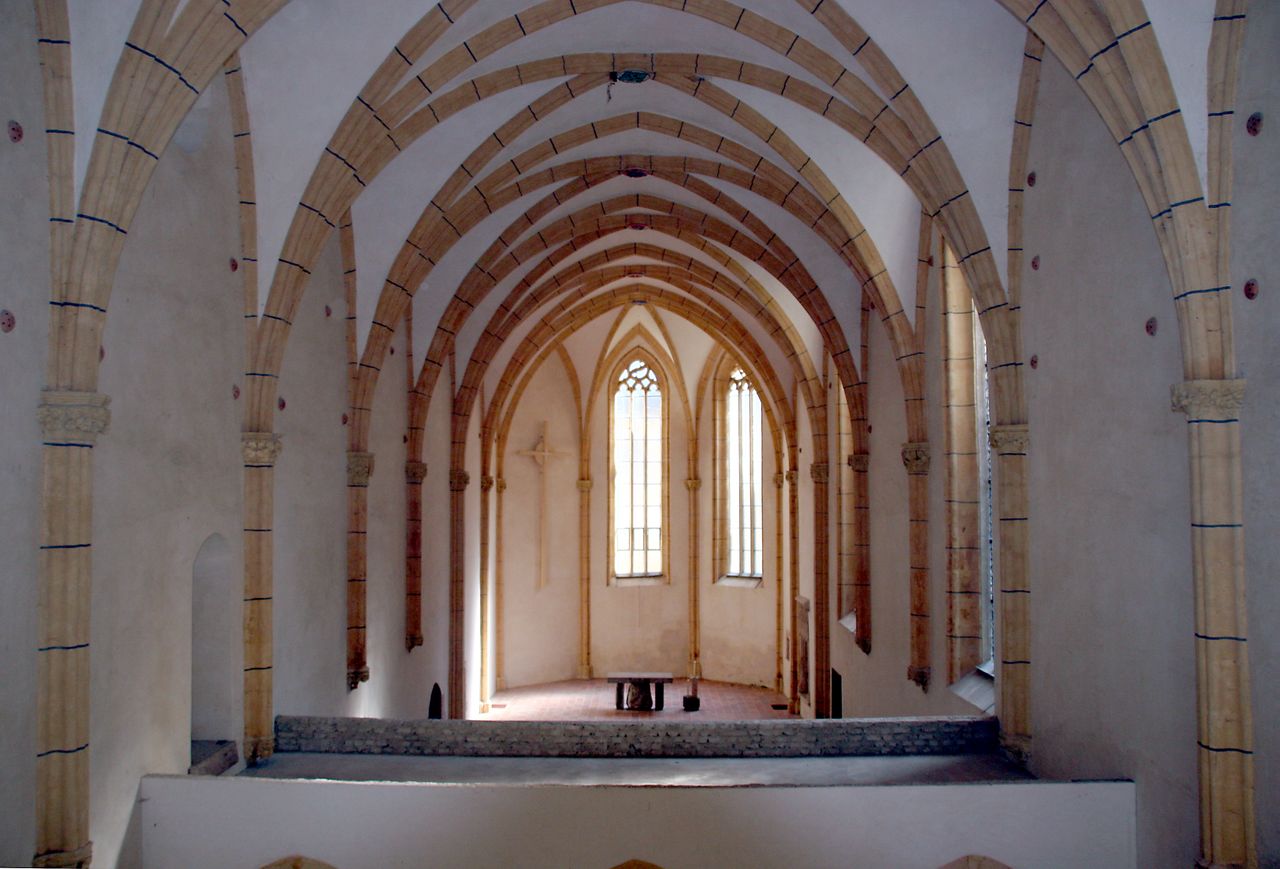 Gothic Church, Pleterje Charterhouse Monastery Gothic Church, Pleterje Charterhouse Monastery
Pleterje Charterhouse Monastery is the only still-inhabited Carthusian monastery in Slovenia. Known officially in Latin as Thronus Sanctissimae Trinitatis, a community of white monks of the strictest contemplative order in the Roman Catholic church are living secluded, behind walls in silence, work and prayer. The monastery has two parts, a Clausura where only monks, apprentices and lay monastery help are allowed, and a public part with the Gothic church of St. Trinity, built in 1407 in a simple style, but with a so-called "long choir", big Gothic windows, a fish bladder, and quatrefoil ornament and Parlerian elements in the interior as console masks and flower keystones. In the middle of the nave stands a Rood screen that used to divide lay monks from choir monks and in the walls, clay vessels have been built to give the space a special resonance for choirs. From the Gothic-style buildings only the church, part of the cloister and sacristy have remained, the monastery's other buildings were erected in the beginning of the 20th century.
NOT ROBOT, WRITING DONE, INFOBOX DONE, PROOFREAD DONE, FERTIK, NEEDSUPDATE, NOVERIFY, NODEPO, PHOTO, FEATURED, Article, HAS LOGO, HAS MAP, Monuments and sites, Articles maintained by Ivan Pirnat, COVER, Monasteries, Churches
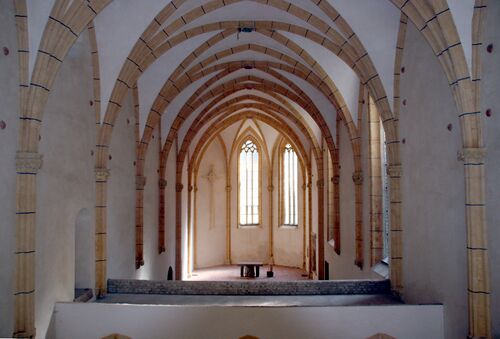
|




